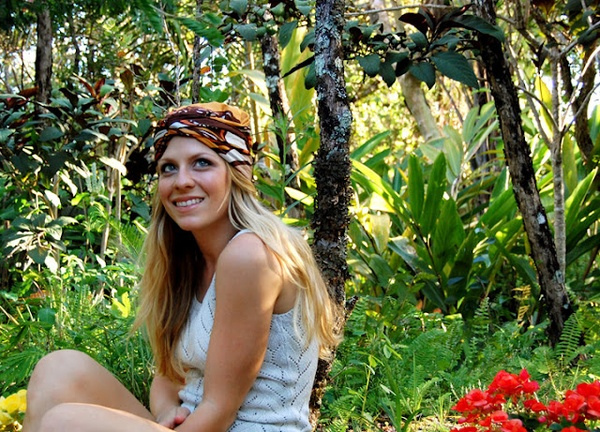Hi I’m Sara of Aquí! After living in Brazil and then Hawaii, I grew accustom to a highly vegetated environment. Now, I’m living smack dab in the middle of a bustling metropolitan and my studio apartment is less than garden friendly. {Really, I don’t even have a window box}
That said, I’ve been searching for ways to incorporate a bit of foliage in to my urban space so obviously, I’m opting for houseplants. With a bit of research I found that houseplants are one of the best ways to filter common indoor pollutants from the air.
We are used to thinking of our private living space as a safe haven from harmful contaminants, however, chemicals like ammonia, formaldehyde and benzene can be released by furniture, carpets and building materials! Who knew?? Plants are the lungs of the Earth and an essential component in the evolutionary process that converts the planet into a living, self-regulating system.
It makes sense, then, that they work the same way in our homes. Here are a few of my favorite houseplants that are equally pretty as they are purifying:
The Rubber Plant:
Rubber Plant, it doesn’t respond well!
The Peace Lily:
 Aloe Vera:
Aloe Vera:
The Phalaenopsis Orchid:
Water: Soak the orchid and then allow it to dry completely. I only water mine a few times per month.
Check out these great links for indoor gardening tips:









This is a great way to incorporate an urban environmental flair to your space. I love plants in a personal living area (especially the Peace Lily) ! Loved the excellent tips as well.
FASHION TALES recently posted..The Recycled Art of CeeBee
Great article! I mostly grow edible plants as I have such limited space but I have to say after reading this I want to try growing a rubber plant. Thanks for the article and I’ll pop my head in every now and then to read more!
Kevin recently posted..The Definitive Ebb and Flow Hydroponics System Guide
I enjoyed this post a lot! I think I should garden more. Living in a city is not a good enough excuse not to.
Courtney recently posted..Thinspiration: The Body Image Conversation We Should REALLY Be Having
Me too!!! I have one plant and it’s doing great but really Sara’s post has inspired me to grow a better garden in my humble urban abode.